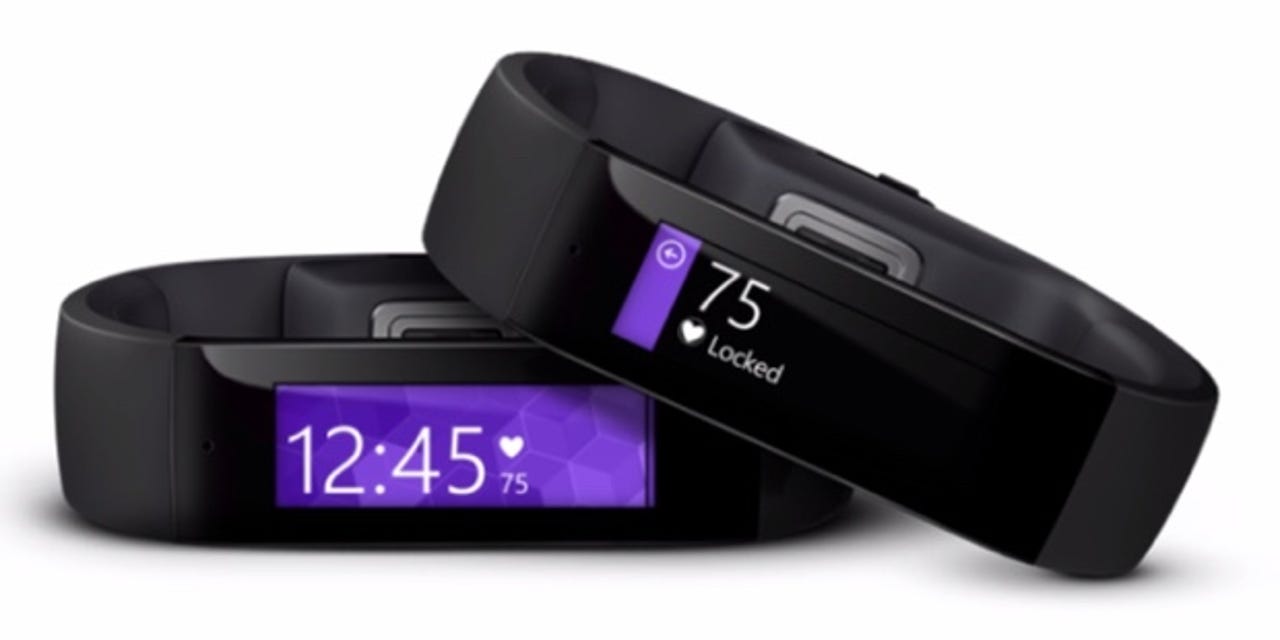What's wrong with the Microsoft Band


While I'm enthusiastic about Microsoft's entry into the fitness wearable market, and firmly believe that the array of sensors and platform-agnostic nature of the Band makes it a game changer, over the past few days I've received a fair bit of feedback from users as to things they'd like to see changed in a future release.
AR + VR
What follows is a list of complaints and possible improvements that I've been sent by Microsoft Band owners, arranged in no particular order. However, I will start with the most common complaint.
Too big, too bulky
Because I have 8.5-inch wrists and I have a thing for huge stainless steel diving watches, I tend to look at most smartwatches and wrist-wearables and think them small and puny. But I forget that when it comes to wrist-size, I'm at the upper-end of the spectrum. The biggest and most prolific complaints that I've seen leveled at the Microsoft Band is that it's too big and too bulky. While the Fitbit and UP seem to have the ability to melt away into the background and not seem to bother people, the Band is there all the time.
It's a big screen connected to a raft of sensors and battery that can give it two days of usage, so no wonder it's big. I assume that the Band will benefit from the march of miniaturization in future versions.
The screen scratches easily
Some people are telling me that after less than a day of wear their Band has picked up numerous scratches. Some owners tell me that they've resorted to screen protectors, which is something that I thought we'd seen the end of in high-end devices.
Not waterproof
For sporty types used to throwing a sports watch onto their wrist and wearing it no matter what they do, the fact that the Band isn't waterproof came as a big surprise to many.
Complex to set up
The Band can do a lot, and buries information beneath an array of menus, and for some people this as a negative. In particular, configuring notifications and such seems cumbersome. Some people, it seems, are willing to spend $200 on what they think is a wearable and seem upset that for that money they get a device that acts as a hub for their email and social media.
Featured
Devices such as the Fitbit and UP have conditioned users into thinking that a fitness wearable is a wear-and-forget device.
Price
The $200 price tag came in for criticism by some who'd prefer a simpler and cheaper Band.
The bottom line
It's hard to make a single device that works for everyone. The Band isn't "one size fits all" because it comes in a number of different sizes, but it is a single device, with no option for a simpler (cheaper) Band.
My guess is that Microsoft will come out with a Band 2 within a year, and this will address some of these issues. Making the device waterproof would certainly be a useful addition, as would making the device more ergonomic. The user interface could also perhaps do with a bit of streamlining (this could hopefully be delivered to existing Band owners).
The biggest question facing those considering a Band – beyond whether they want to wear something 24/7 that might be clumsy – is do you want a simple fitness band, or do you want a full fitness and health device that also acts as a hub for your email and social media?
See also: